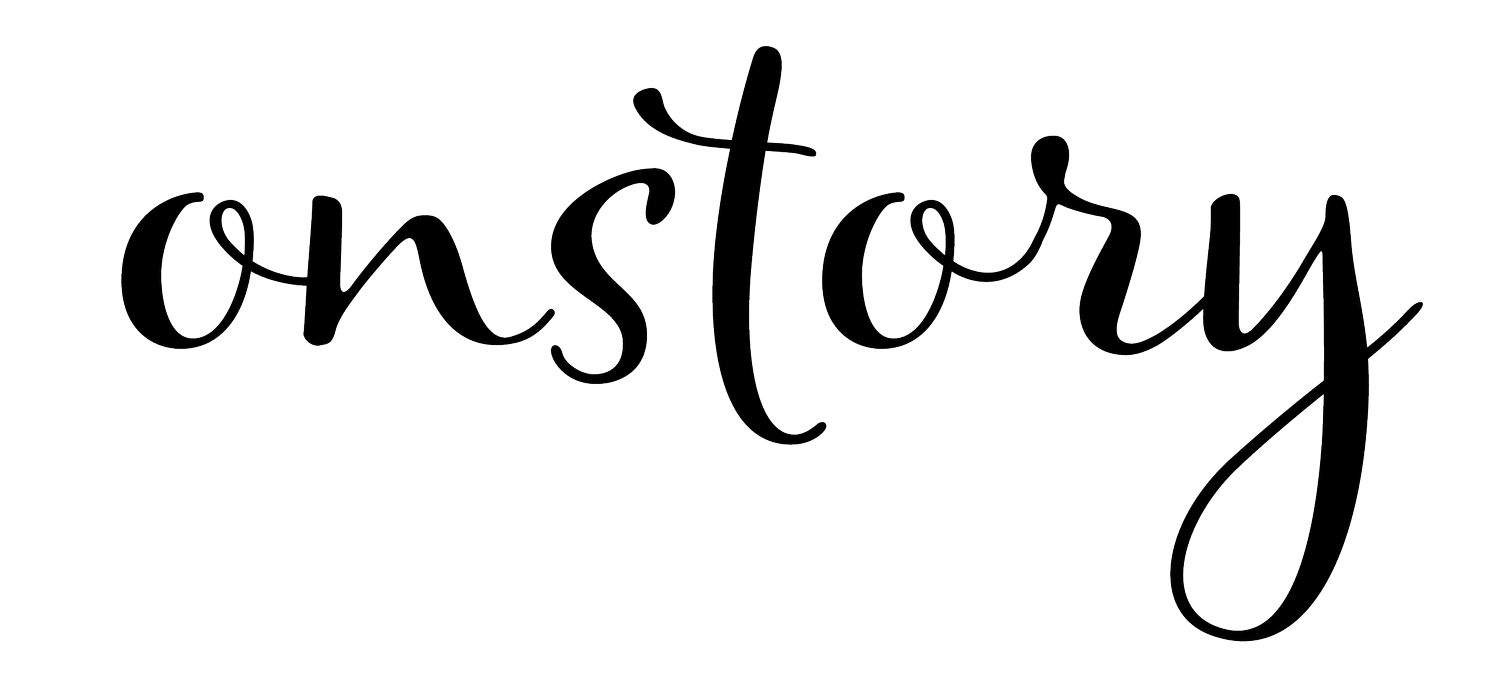Colour has long been a powerful tool, with its relevance dating way back as far as prehistoric cave drawings. Certain colours have been used throughout time to project a sense of something such as danger, reverence or power itself.
The colour – or combination of colours - which you choose to represent your brand are vitally important.
Think about some of the world’s biggest brands. Coca-Cola, Facebook, Amazon, EasyJet – you can instantly recall what colours they use.
Red was for a long time considered the most powerful colour, which is why you see it featured in so many long-standing brands. However, nowadays, blue is the hue of choice. It’s not just Facebook but LinkedIn, Twitter, Skype – all of these have opted for different shades of blue. And why? Because it appeals equally to both men and women, according to studies, and has the most universal appeal.
Colours are also known for evoking specific emotions, such as:
Red: Powerful, passionate
Green: Environmentally friendly, a mark of quality
Blue: Trust, integrity and communication
Black: Luxury and exclusivity
Yellow: Happiness and fun
If you think of some top brands, you can match them quite well to those colour emotions. For example, McDonalds = fun, Spotify = relaxing, Chanel = luxury and so on.
Therefore, when you are thinking about building your own brand and colour palette, consider the emotions you want to elicit from a customer. For example, if you are building an inclusive lifestyle business, then you should probably avoid the ‘exclusivity’ of black.
While the emotional response is an important consideration, you also need to think about how your product will stand out at its point of sale. If you look at all the major telecoms providers in the UK, they have all opted for different colours: Vodafone – red, O2 – blue, EE – green/yellow, Three – purple. In such a competitive marketplace, having two brands using the same colour would undoubtedly dilute the effectiveness.
If there’s just one thing you take away from this post, it should be never to underestimate the power of colour – it could make or break your brand!
Onstory has worked with brands of all shapes and sizes, including household names – and we’d love to help build yours, too.
Photo by Alexander Grey.
